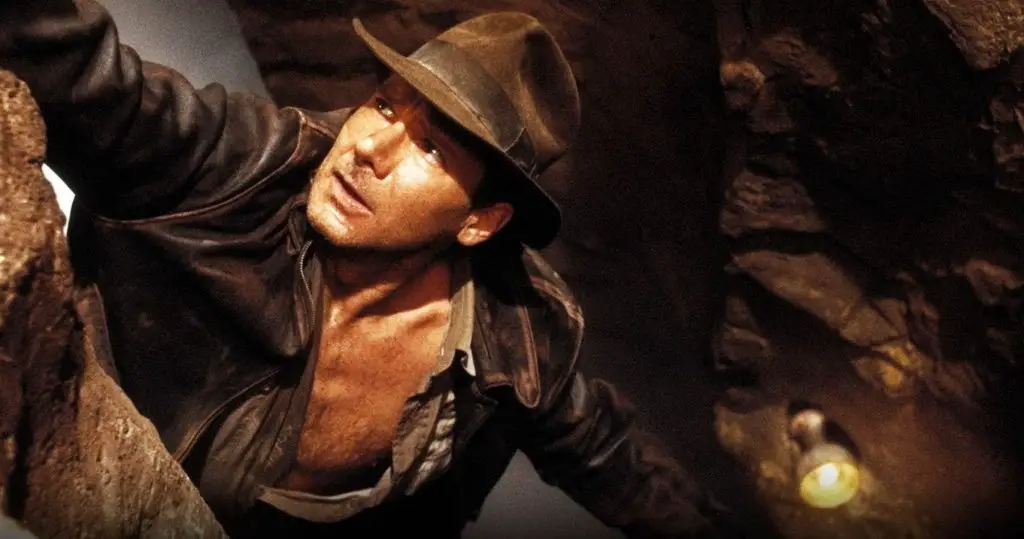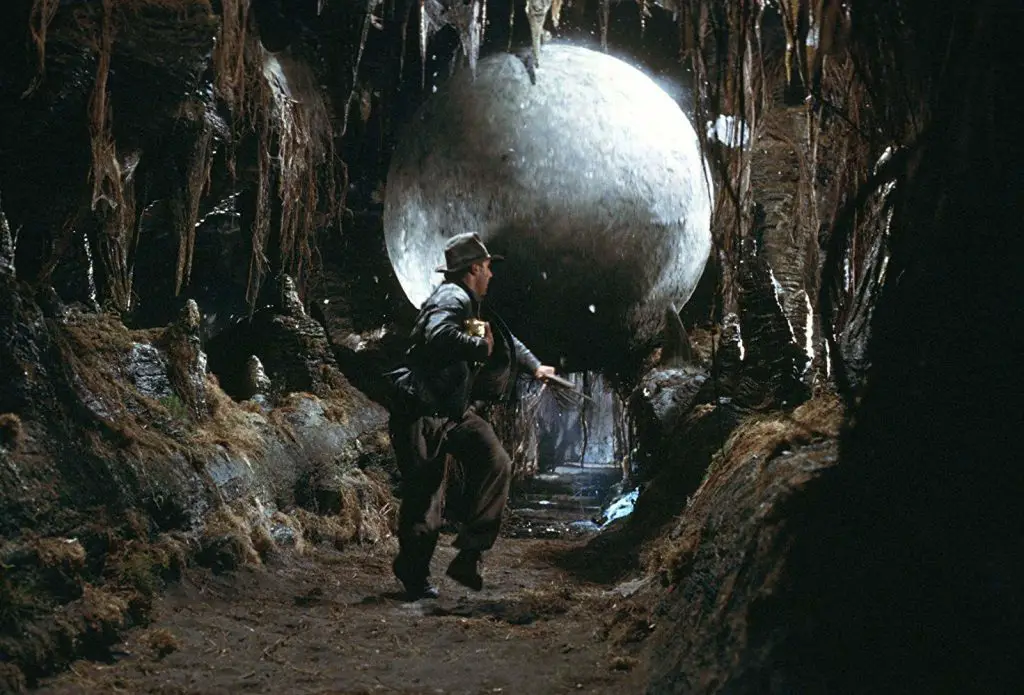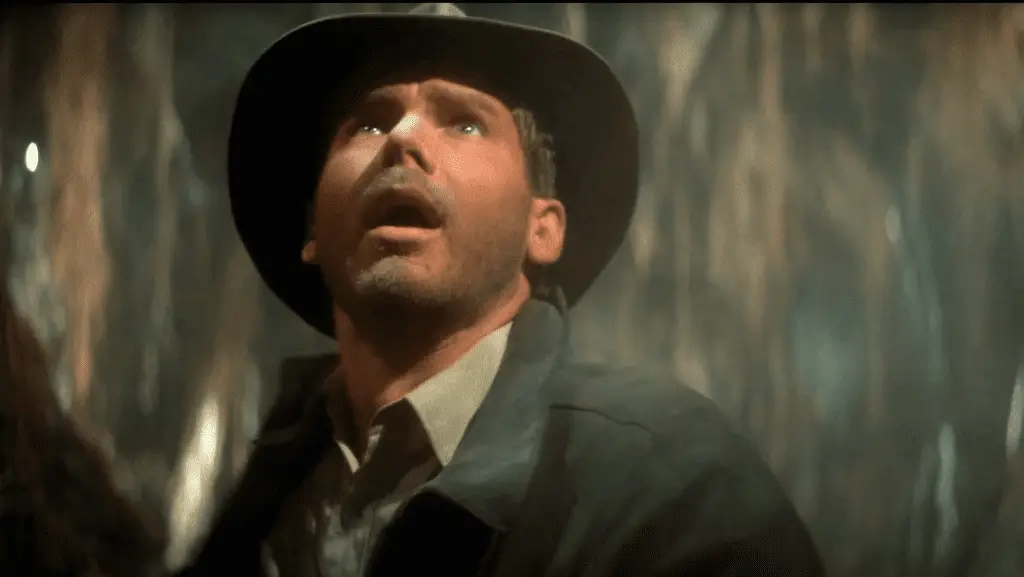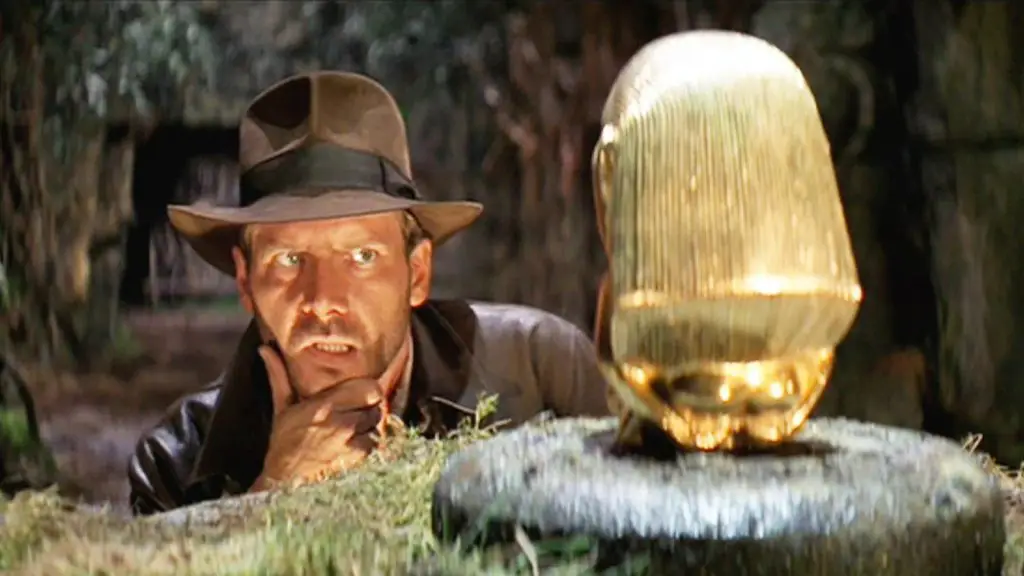In the sphere of movie fandom, the name Indiana Jones resonates as an epitome of thrilling escapades, compelling characters, and a delightful blend of exploration and suspense. Four decades later, these adrenaline-fueled adventures continue to allure audiences worldwide, with a significant credit going to the electrifying action sequences. Ingeniously conceptualized and directed by the maestro Steven Spielberg, the action-packed sequences remain a key element in the unwaning popularity of this franchise.
With an Indiana Jones film, the exhilaration is in the unforeseen. As we follow Dr. Jones navigating one danger after another, the thrill only amplifies. From combats on disintegrating bridges to skirmishes with Nazis in tanks teetering off cliffs, and the remarkable survival from a nuclear test inside a fridge, Dr. Jones leaves us in awe. But one action scene that stands out as a paragon is the remarkable temple escape that served as our introduction to the adventurous Dr. Jones. This thrilling scene establishes Indiana Jones as a character flawlessly and sets up the forthcoming shocks and surprises meticulously. It’s an unrivaled standard for superior action storytelling.
The Formation of Indiana Jones as a Character

Compelling action sequences don’t solely rest on the quantity of events happening simultaneously. They should engage the audience, make them invested in the unfolding narrative, and enable empathy towards the characters. The opening sequence of Raiders of the Lost Ark triumphs in all these aspects, primarily in generating empathy for the protagonist.
The sequence impeccably prepares us for the adventure ahead, as it sheds light on Indiana Jones‘ persona, his intelligence, his tendency to land in tricky situations, and his knack for near-death escapes. As he infiltrates the temple to seize a golden idol, we witness how he counters a multitude of escalating challenges and how each hurdle reveals another facet of his character.
When a porter attempts to shoot him, Jones disarms him swiftly using his whip, highlighting his quick-witted response to threats. His careful triggering of traps within the temple denotes his intelligence and caution. Yet, despite his careful nature, we see Jones triggering a trap in his pursuit of the idol, indicating his fallibility. The subsequent release of a rolling boulder that forces him to flee illustrates Indiana Jones’ overall character. It paints him as a smart, cautious, and swift thinker who nevertheless narrowly escapes deadly situations.
The allure of Indiana Jones lies not in his invincibility but his vulnerability. Unlike the invincible action heroes personified by stars like Arnold Schwarzenegger, Indiana Jones overcomes obstacles with brains rather than brawn. His relatability and human aspect have enabled his longevity as an action icon, and this temple escape sequence brilliantly encapsulates these traits.
Narrative Through Action

What differentiates a great action sequence from a decent one is its direction. Ideally, it should structure like a mini story, emphasizing objectives, plot progressions, setup and payoff, and sudden reversals of fortune. Spielberg’s direction of the Raiders’ opening is a stellar example of this.
Indiana Jones‘ primary goal in this scene is to procure the temple idol and then escape alive from the ensnaring traps. Each trap he encounters builds up as a beat in his larger goal, gradually escalating the tension and the stakes until he finally retrieves the idol.
The peril of the traps intensifies as he gets closer to the idol; beginning with the light-triggered spikes, the chasm he must cross using his whip, and finally the floor traps firing arrows.
Upon retrieving the idol, there’s a moment of respite, giving the audience a chance to breathe. But then, Spielberg introduces a classic twist when the temple begins to collapse, and his betraying partner abandons him.
With his life at stake, Jones’ new objective is to escape, navigating through thearrows, the chasm, and the spikes once again. This showcases an impeccable example of setup and payoff, where every trap introduced earlier finds its conclusion.
The temple escape, thus, presents itself as a distinct mini-story. It features an overarching objective for Jones, unfolds through plot beats, gradually builds the stakes and tension, delivers a sudden twist of fortune, and resolves everything previously set up. More than just its visual appeal, Spielberg engages the audience in Jones’ journey into the temple and his daring escape, creating a personal investment in the narrative.
The Unrivaled Action Sequence

The flawless opening sequence of the franchise didn’t just establish an unparalleled standard for subsequent films but also for the entire genre of action cinema. Even today, very few action scenes have managed to achieve the same level of perfection as the Raiders intro.
From functioning as a standalone short film, perfectly carving out Indiana Jones as a character, to demonstrating Spielberg’s mastery in direction and storytelling, this scene stands out as one of the greatest in cinematic history. Without a doubt, it’s one of the best, most iconic action sequences of all time.
In conclusion, the enigma of Indiana Jones and the enduring appeal of his adventures are encapsulated in the brilliance of this introductory action sequence. Its masterful blend of character development, storytelling, suspense, and high-stakes action set the golden standard for all action sequences that followed. It’s a testament to Spielberg’s genius and a crucial element in cementing Indiana Jones’ status as a timeless action hero.


